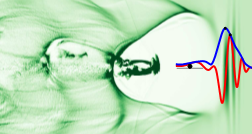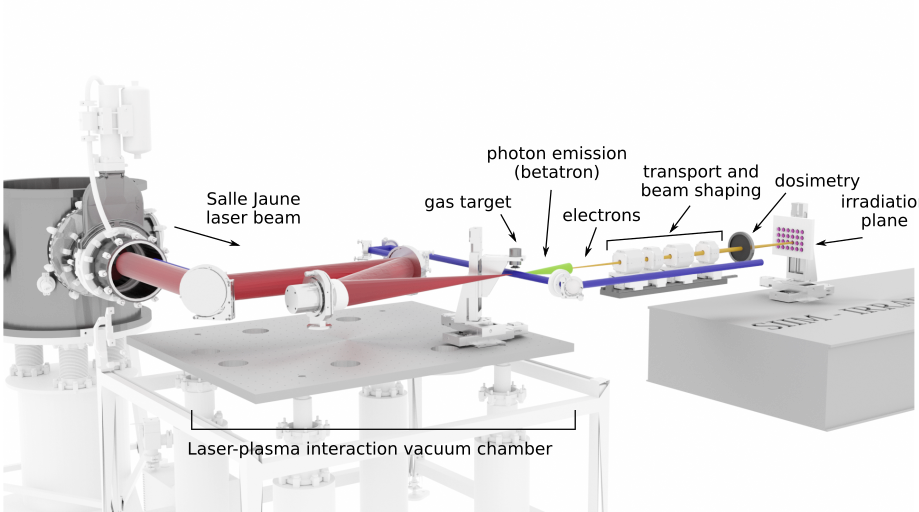Three new research projects funded at LOA
UnRIP: Uncovering Relativistic Instabilities in Plasmas (ANR collaborative research project)
The LOA joins a collaboration with CEA and Institut d’Astrophysique de Paris for the UnRIP project, funded for 4 years with a total sum of 351 k€. The project is coordinated by Laurent Gremillet of CEA and LOA’s principle investigator is Prof. Sébastien Corde of LOA’s UPX group.
The researchers propose to exploit state-of-the-art femtosecond laser and accelerator facilities to study beam-plasma systems prone to relativistic streaming instabilities, similar to those arising in high-energy astrophysics. These laboratory astrophysics experiments will provide unprecedented insight into the dynamics of these instabilities in the linear and nonlinear stages and their interplay, and will illuminate the micro-physical processes that are thought to lie at the heart of some of the most fascinating astrophysical manifestations (e.g. cosmic magnetization, gamma-ray bursts, blazars, etc.).

HighRep: Laser Plasma Electron Acceleration with kHz lasers (ANR international collaborative research project)
The LOA will collaborate with Prof. Markus Büscher of the University of Düsseldorf and Forschungszentrum Jülich in Germany for the bilateral project HighRep, funded for 3 years with a total of 380 k€ for the LOA. LOA’s principle investigator is Jerôme Faure of LOA’s APPLI group.
The collaboration aims at increasing the significantly the maturity of laser-plasma electron accelerators by developing (i) new plasma targets and (ii) new methods of electron injection. A enhanced performance in terms of energy, charge and beam stability produced by these accelerators is expected.

IDRA: Electron and photon irradiator with very high dose rate pour radio-biology and medicine (SESAME project of the Ile-de-France region)
The Ile-de-France region funds with 200k€ over 5 years the IDRA project, coordinated by Alessandro Flacco of LOA’s SIIM group.
The project aims at the implementation and use of a multi-beam irradiation line with ultrashort and very intense electron and ionizing photon pulses. Its design aims at an easily configurable, versatile tool with unique characteristics, paving the way for innovative experiments in medicine, biology, physics and chemistry using pulsed ionizing radiation at ultra-high dose rates. After the construction of a dedicated irradiation site in LOA’s “sale jaune” laboratory, its physical and dosimetric parameters will be validated before in the final project phase, routine use for very-high-dose rate irradiation experiments in radiobiology will commence.



